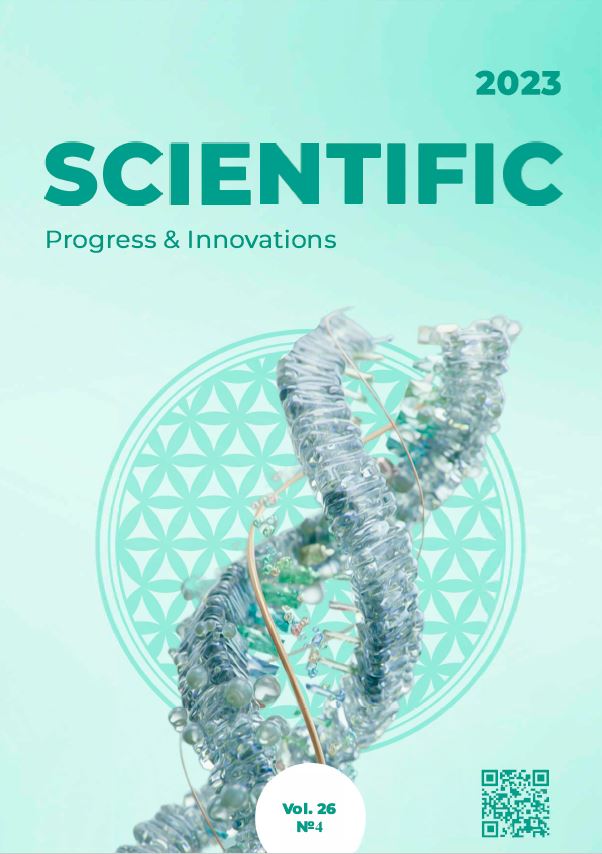Effectiveness of medicines for thrichuric invasions in sheep
DOI:
https://doi.org/10.31210/spi2023.26.04.20Keywords:
parasitology, trichurosis, sheep, treatment, efficiency indicatorsAbstract
In the fight against sheep helminthiasis, the priority direction is the chemical method of animal protection based on strict regulation of the use of medicinal products. This ensures the high effectiveness of treatment and prevention measures for nematodoses, prevention of environmental contamination by eggs of parasites and maintenance of veterinary well-being in relation to invasive diseases. The aim of the research was to establish the effectiveness of drugs of different chemical groups for trichurosis in sheep. The research was conducted in the conditions of the "Kovalivka Ekopark" of the Poltava regional territorial community and on the basis of the Laboratory of Parasitology of the Poltava State Agrarian University. The therapeutic effectiveness of Helmavet (active substances – praziquantel, triclabendazole, fenbendazole), Oxyclozanid-600 (active substances – oxyclozanide, abamectin), Kombitrem (active substances – triclabendazole, albendazole) for spontaneous trichurosis of sheep was tested. The conducted studies established the high effectiveness of the drug Oxyclozanid-600 for trichurosis in sheep, where the extens- and intenseffectiveness reached 100 % on the 21st day of the experiment. The effectiveness indicators of this drug gradually increased during the experiment and on the 7th day they amounted to 62.50 and 93.86 %, respectively, and on the 14th day – 87.50 and 94.84 %. The drug Helmavet showed moderate therapeutic effectiveness, where on the 21st day of the experiment, the extens- and intenseffectiveness were 75.0 and 84.28 %, respectively. During treatment from 7 to 14 days, the extenseffectiveness of this drug ranged from 50 to 62.5 %, and the intenseffectiveness ranged from 79.51 to 87 %. The application of Kombitrem to sheep infected with trichurosis pathogen proved to be ineffective, where on the 21st day of the experiment, the extens- and intenseffectiveness were 37.5 and 62.95 %, respectively. At the same time, during the treatment, the efficiency indicators were higher and amounted to 37.5 and 74.56 % on the 7th day, and 50 and 70.14 % on the 14th day, respectively. The obtained results of experimental studies allow us to recommend the domestically produced anthelmintic drug Oxyclozanid-600 for the effective control and prevention of trichurosis in sheep.

 Creative Commons Attribution 4.0 International Licens
Creative Commons Attribution 4.0 International Licens